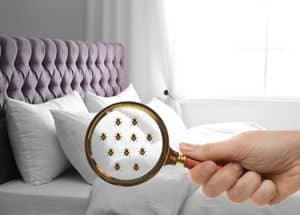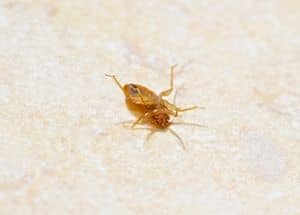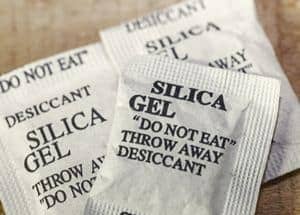Does Alcohol Kill Bed Bugs: Get Rid of Bed Bugs and Not Harm Yourself
Bed bugs are a big problem for people. You may not suspect that you have insects during the day. In the morning, you wake up with bite marks and itching all over your body. Pests are hard to find because of their small size and ability to hide in hard-to-reach places. Wishing to solve the … Read more





